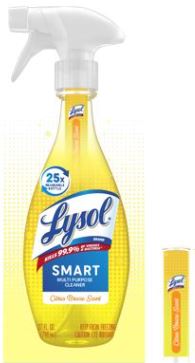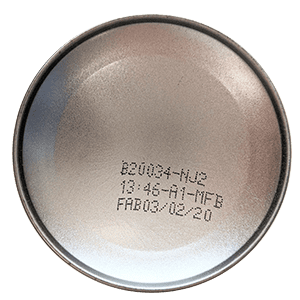KEEP OUT OF REACH OF CHILDREN
PRECAUTIONARY STATEMENTS: Causes moderate eye irritation. Harmful if absorbed through skin. Avoid contact with eyes, skin or clothing. Wash thoroughly with soap and water after handling and before eating, drinking, chewing gum, using tobacco or using the toilet. Remove and wash contaminated clothing before reuse.
DANGER: CORROSIVE. Causes irreversible eye damage and skin burns. Do not get in eyes, on skin or on clothing. May be fatal if absorbed through skin. Harmful if swallowed. Wear goggles or face shield, rubber gloves, and protective clothing. Remove contaminated clothing and wash before reuse. Wash thoroughly with soap and water after handling and before eating, drinking, chewing gum, using tobacco or using the toilet.


